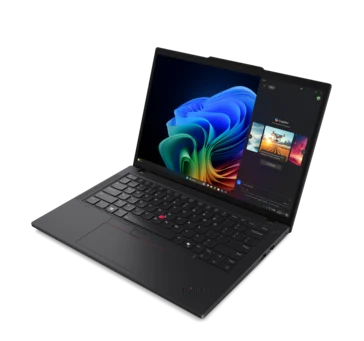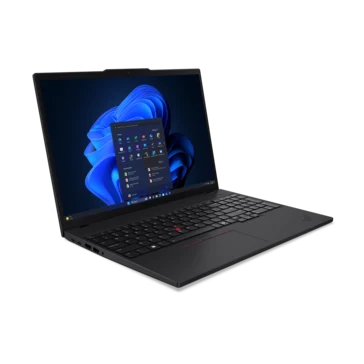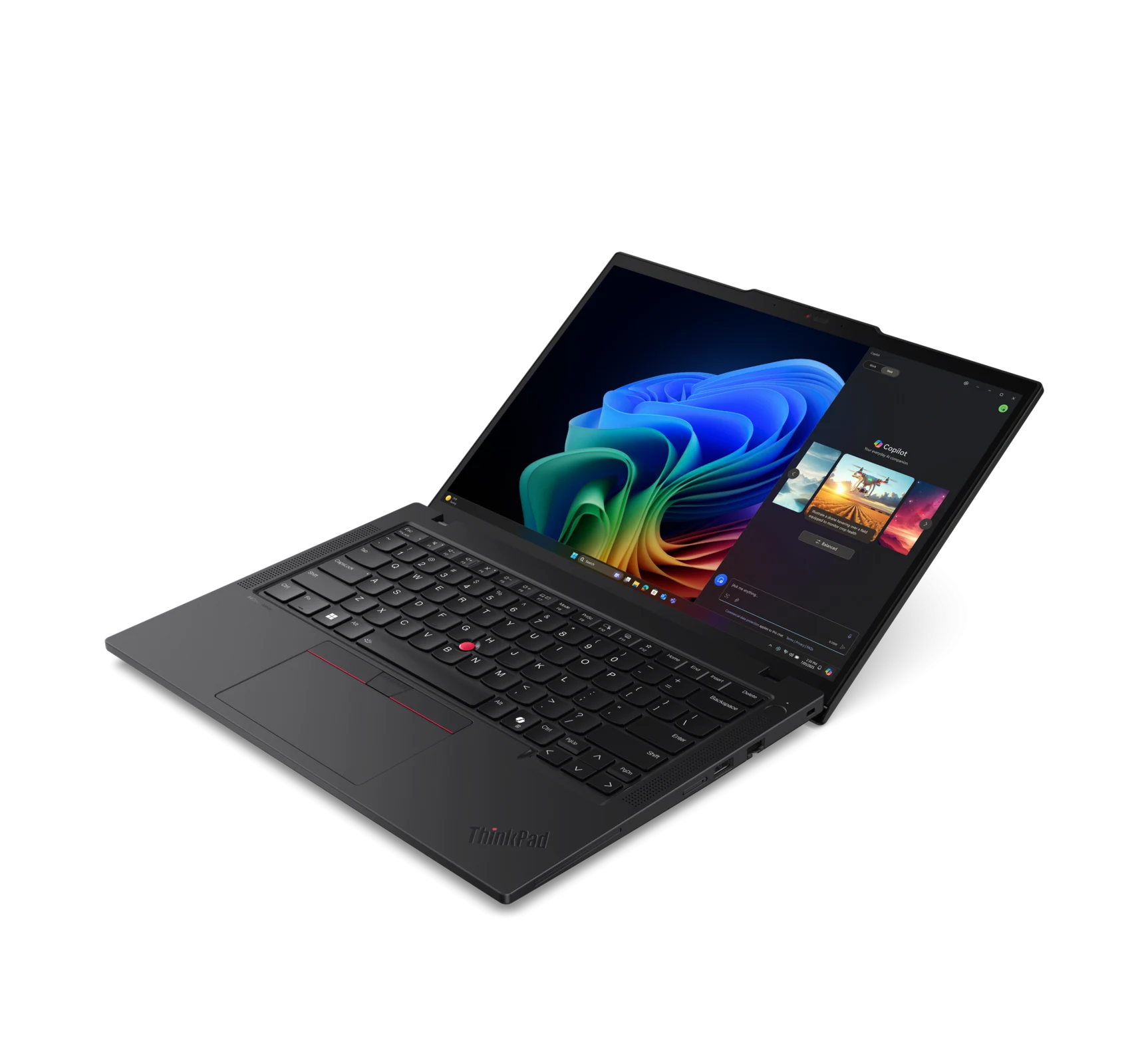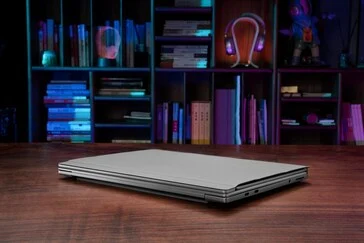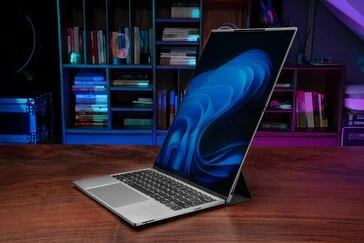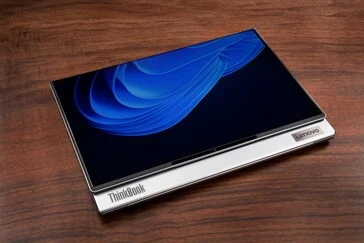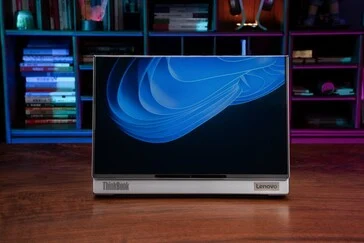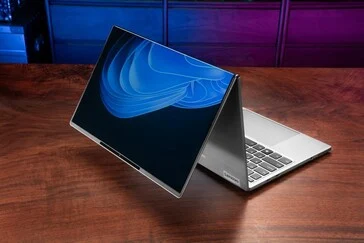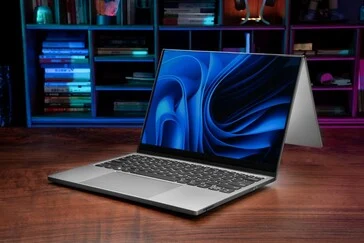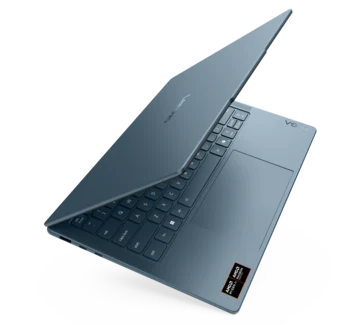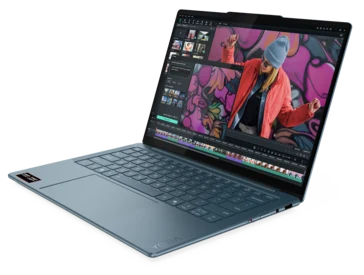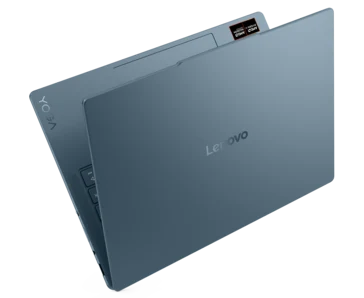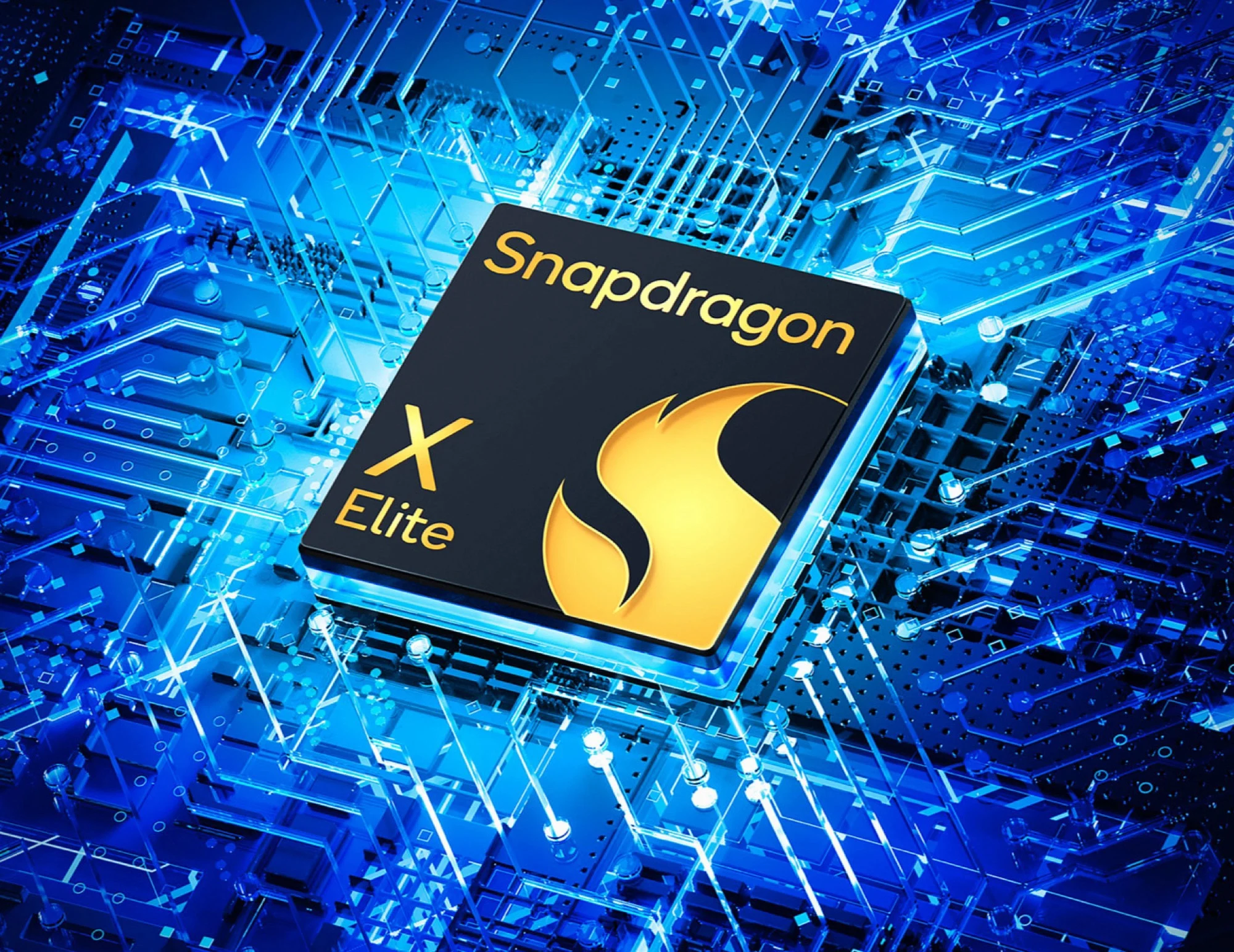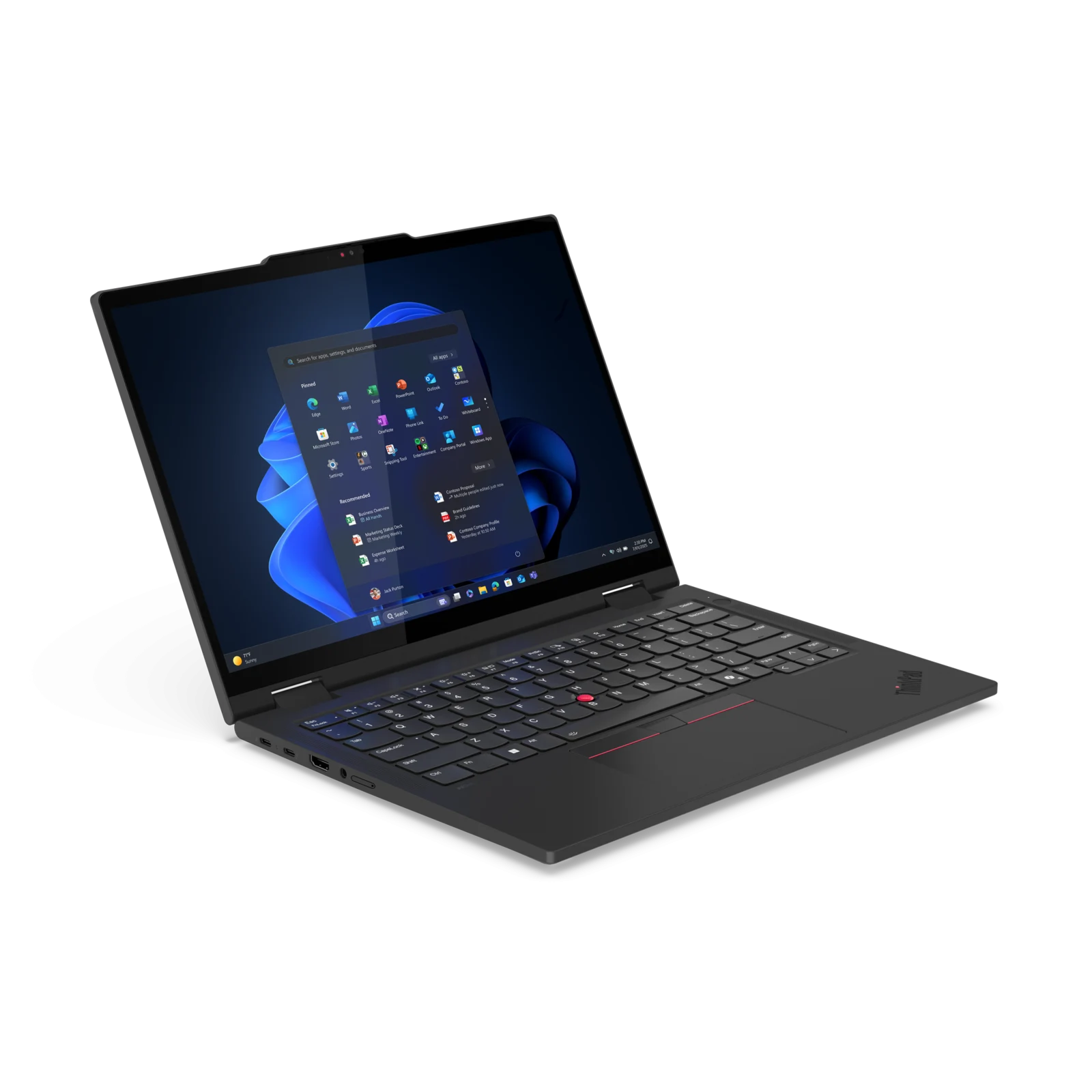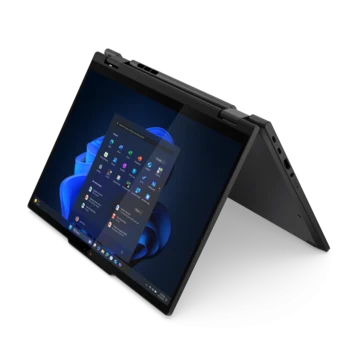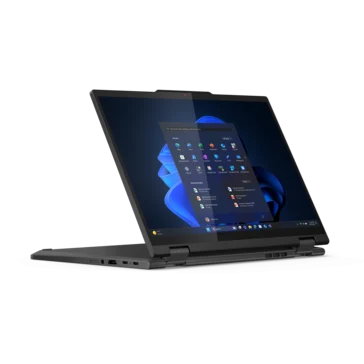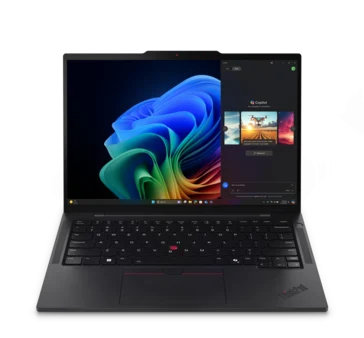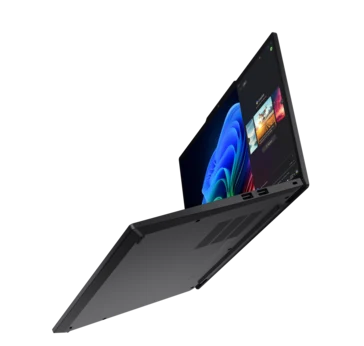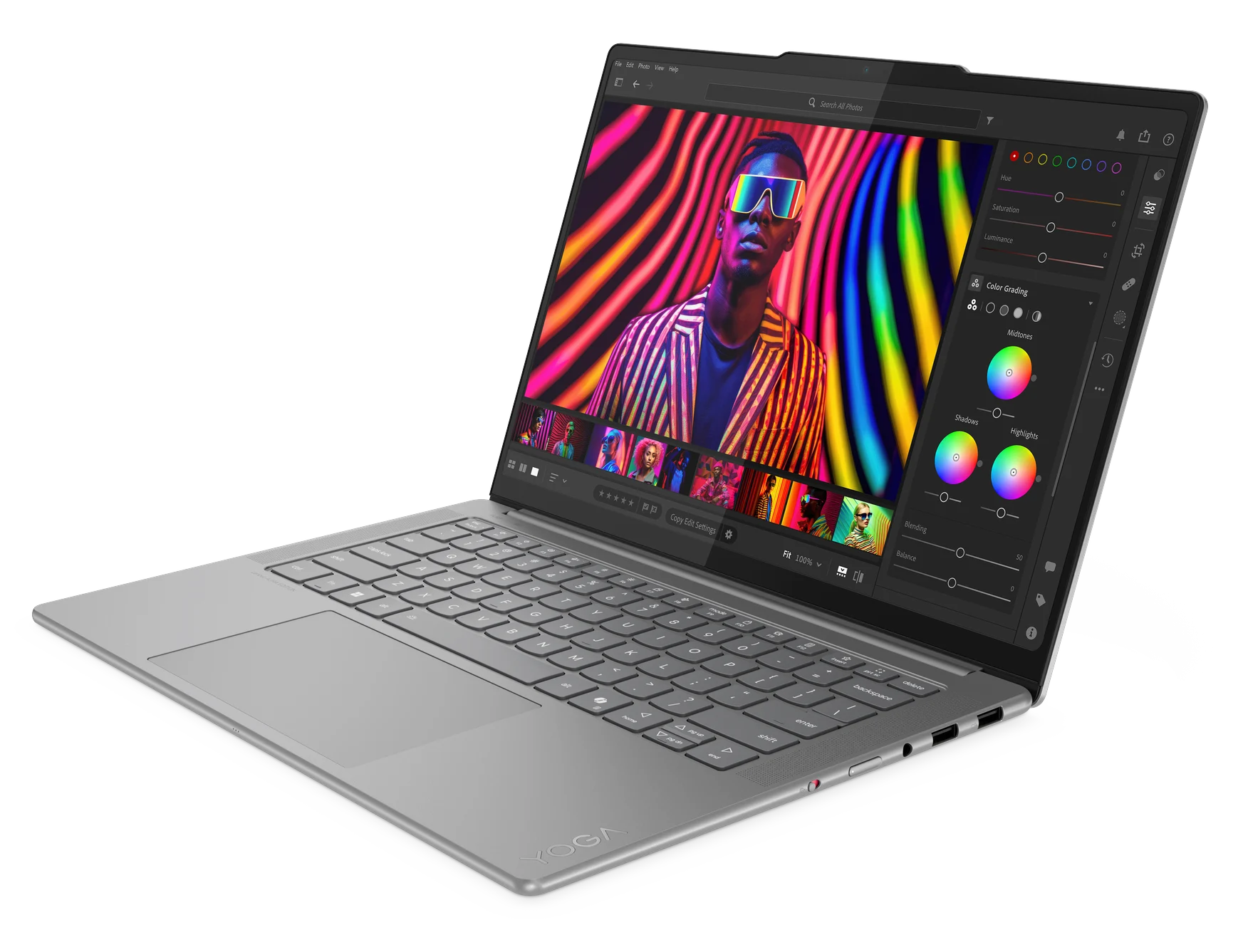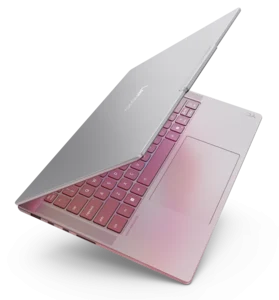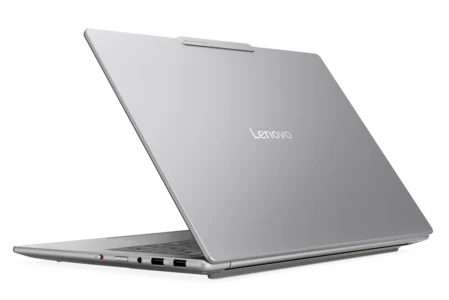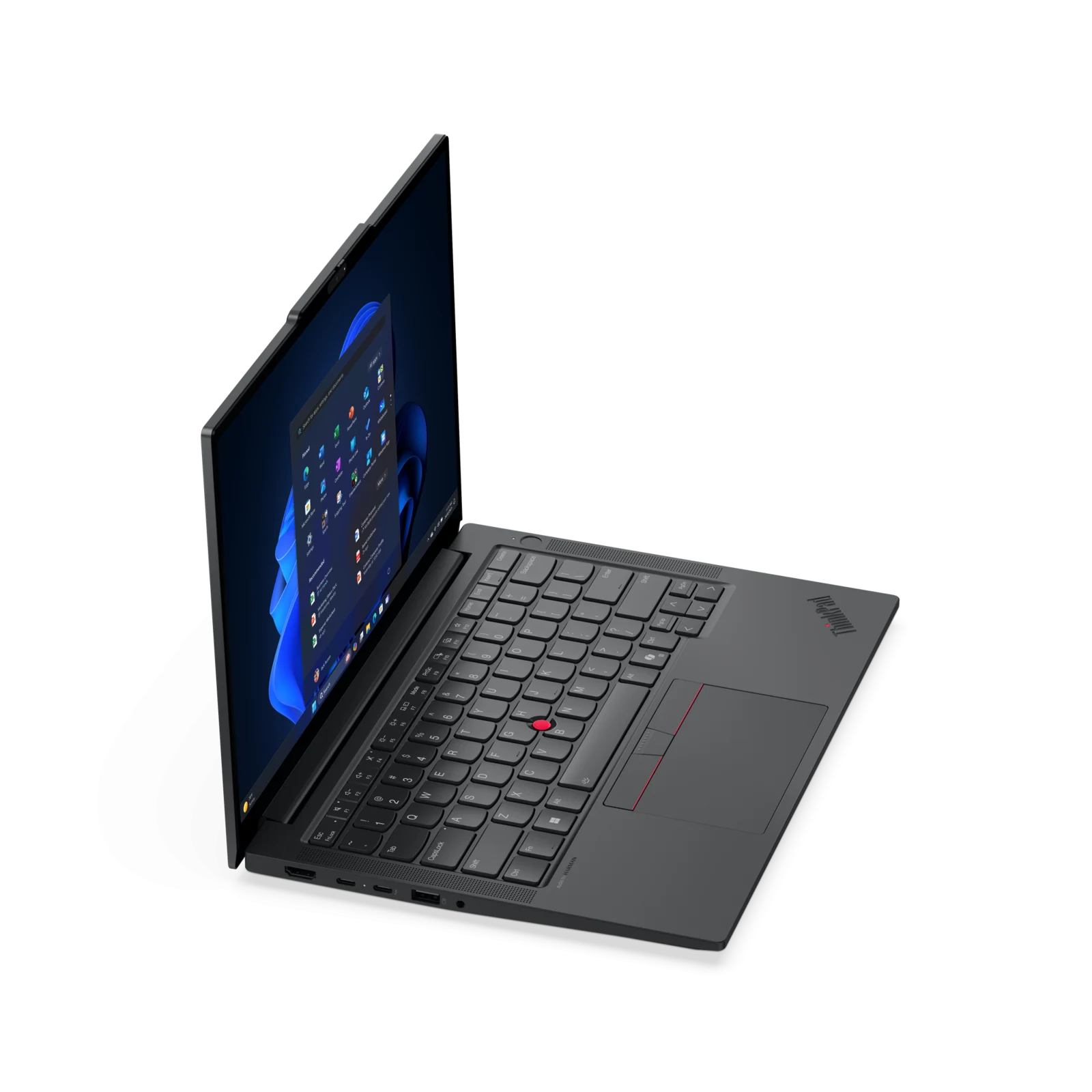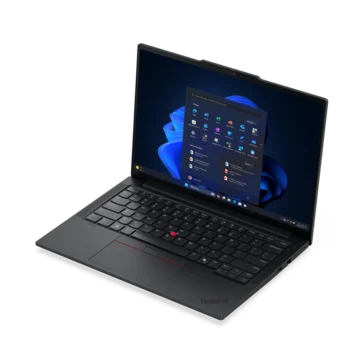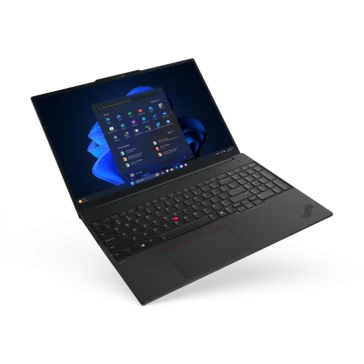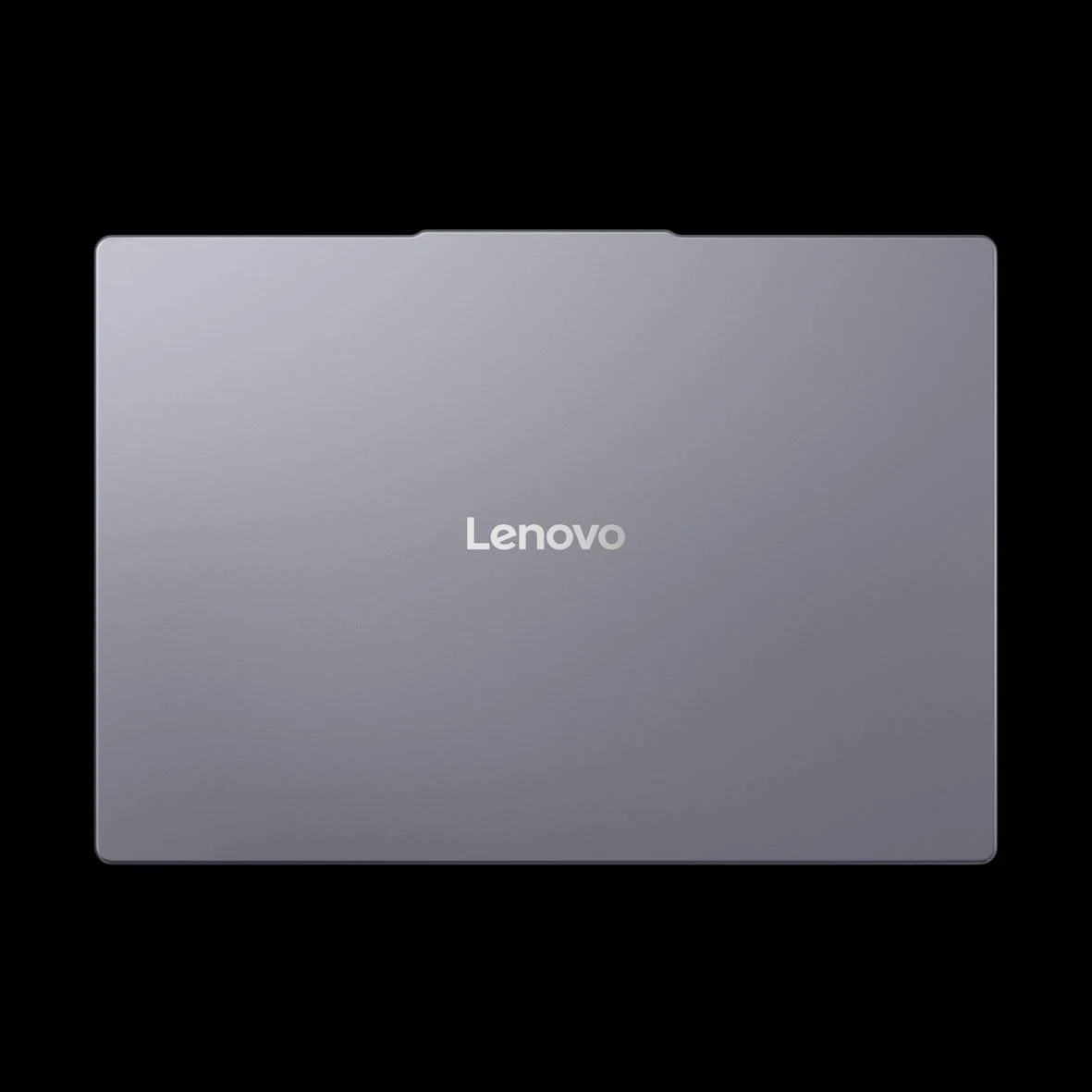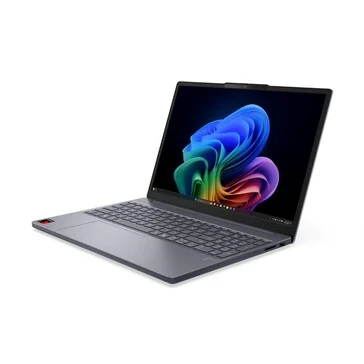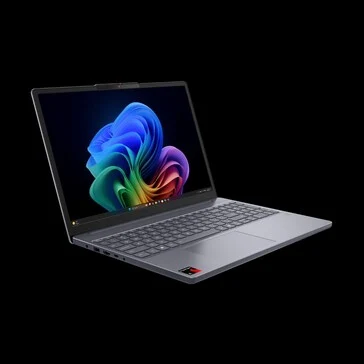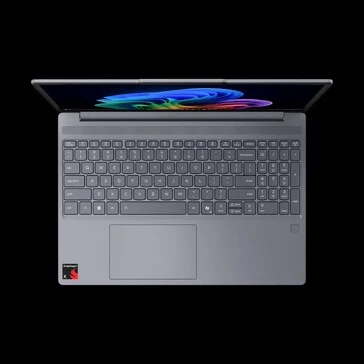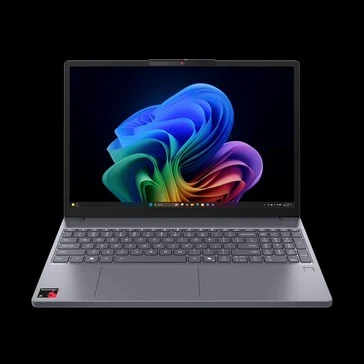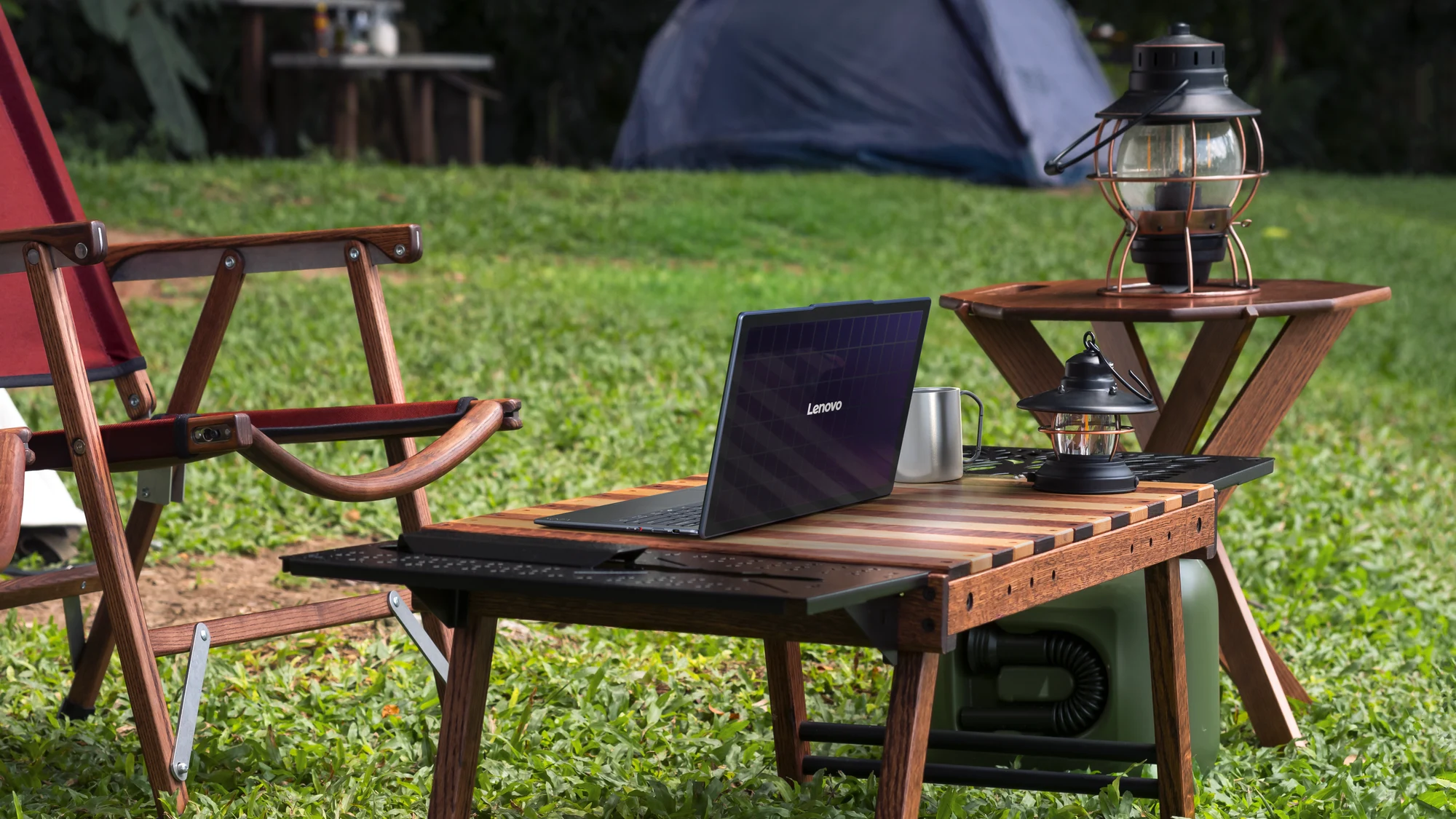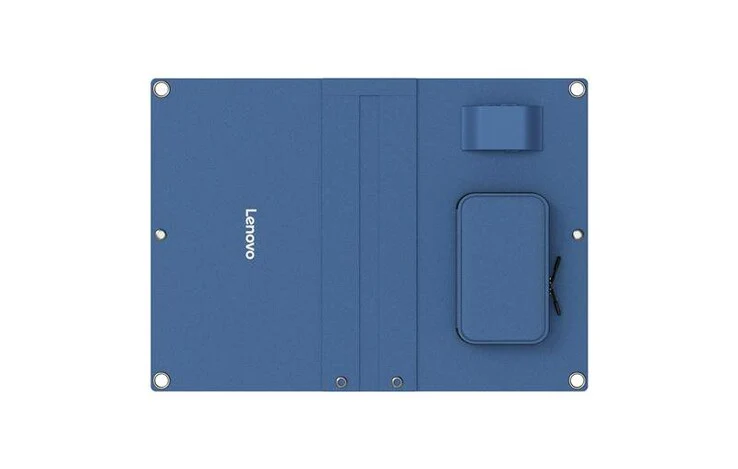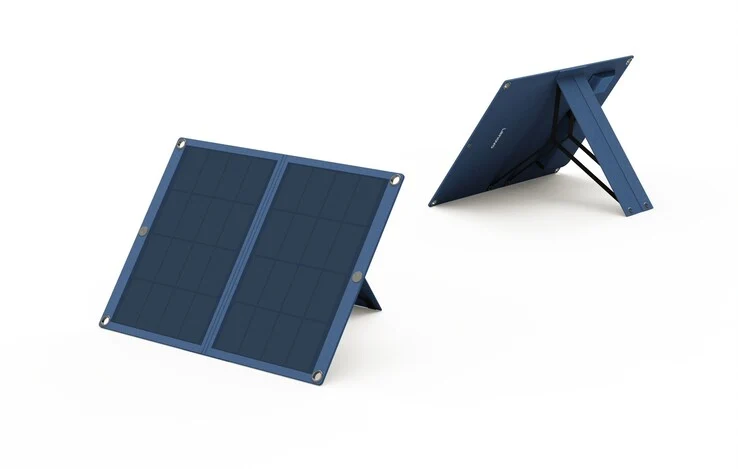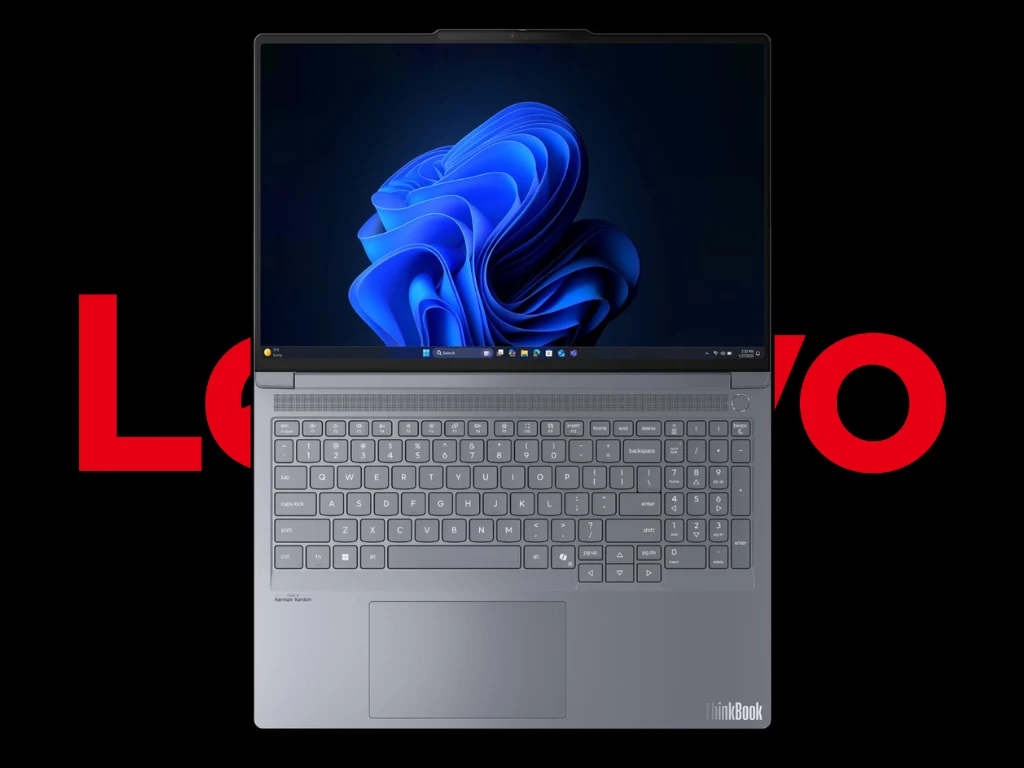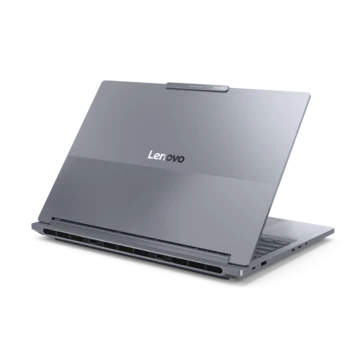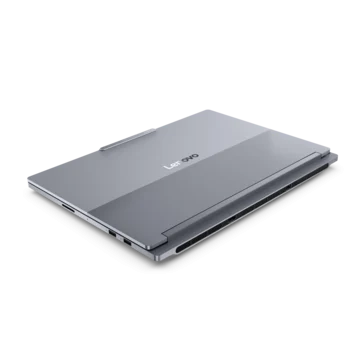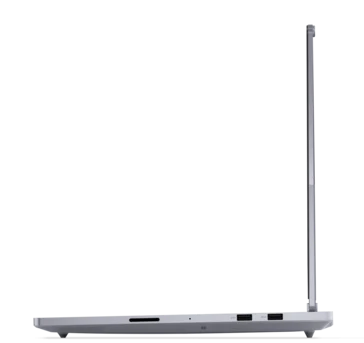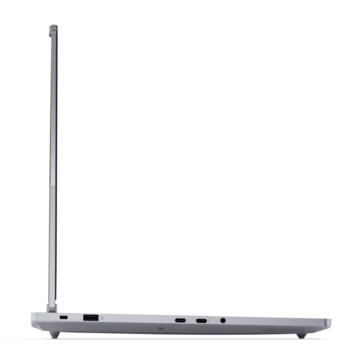Key Takeaways
1. Lenovo’s ThinkPad T16 Gen 6 and T16 Gen 4 offer multiple processor options, leading to confusion in specifications.
2. The T16 model includes AMD processors for the first time, expanding options from previous generations.
3. The T14 Gen 6 features a larger battery option, increasing capacity from 52.5 Wh to 57 Wh.
4. The low-power IPS display has been enhanced to 500 cd/m², and the OLED screen now supports variable refresh rate (VRR).
5. Pricing for the new T series starts at $1,359, with availability expected between May and June.
Lunar Lake, Arrow Lake, Kraken Point, and Strix Point can be quite perplexing. This confusion isn’t just for tech-savvy users but also for reporters. AMD and Intel make it tough for those keeping an eye on the industry, and sometimes even the companies themselves struggle to keep the details straight.
Lenovo’s New ThinkPad Models
A recent example of this confusion involves the Lenovo ThinkPad T16 Gen 6 and its larger counterpart, the ThinkPad T16 Gen 4. Lenovo markets these new office laptops as key components in their commercial product lineup, offering them with five different series of processors:
It’s no wonder Lenovo found it challenging to put together a specifications sheet for these laptops. The sheet claimed that the models include 32 GB of soldered LPPDR5X RAM, but this is true only for the Lunar Lake versions. The alternative versions of the T14 G6 and T16 G4 feature two SO-DIMM slots that allow for memory upgrades up to 64 GB.
Changes in the New T Series
Besides the newly introduced processors, the T series doesn’t bring many modifications compared to earlier versions. For the ThinkPad T16, the addition of an AMD option is significant since the ThinkPad T16 G3 previously did not offer one.
A new aspect of the T14 Gen 6 is the option for a larger battery that goes up to 57 Wh. Before this, the model only had a maximum of 52.5 Wh. All batteries provided are CRUs, meaning users can replace them during the warranty period. The low-power IPS display has been improved to 500 cd/m², and the OLED screen of the T14 Gen 6 now also supports variable refresh rate (VRR).
Pricing and Availability of Lenovo ThinkPad T14 Gen 6 and ThinkPad T16 Gen 4
The new T series is set to be released between May and June, with prices starting at $1,359.
